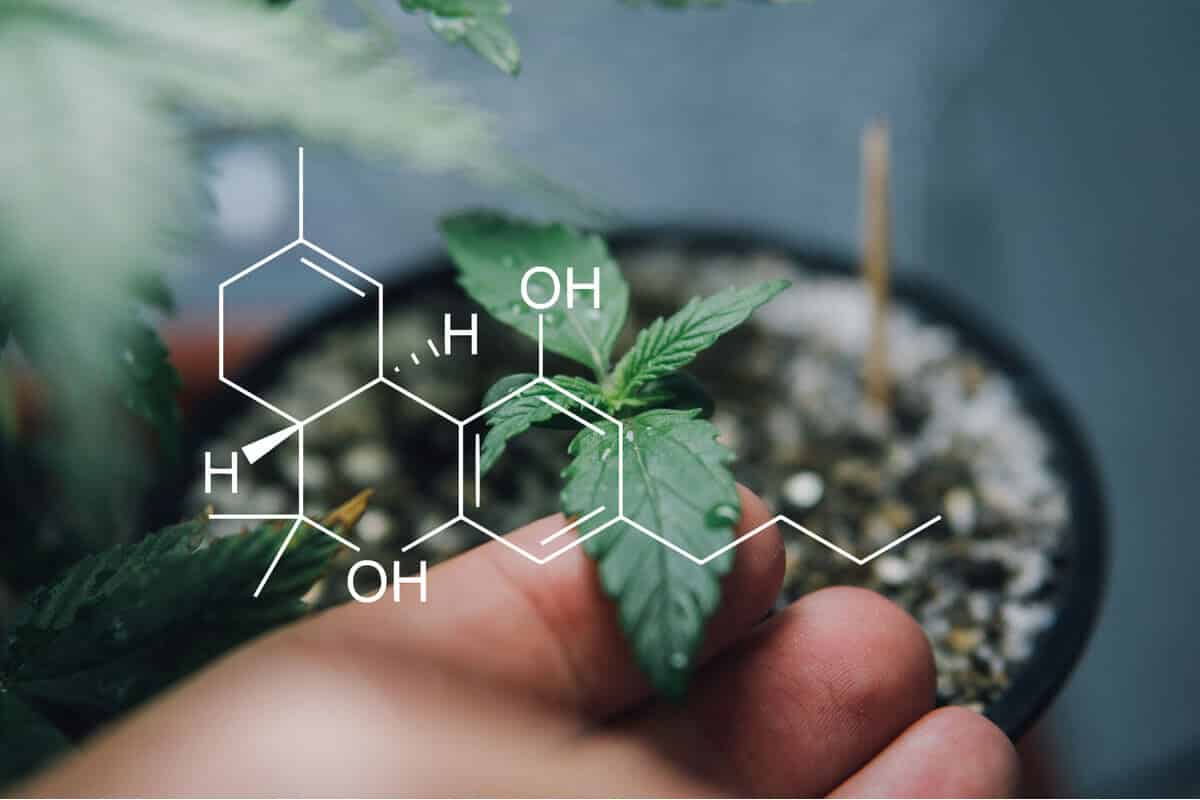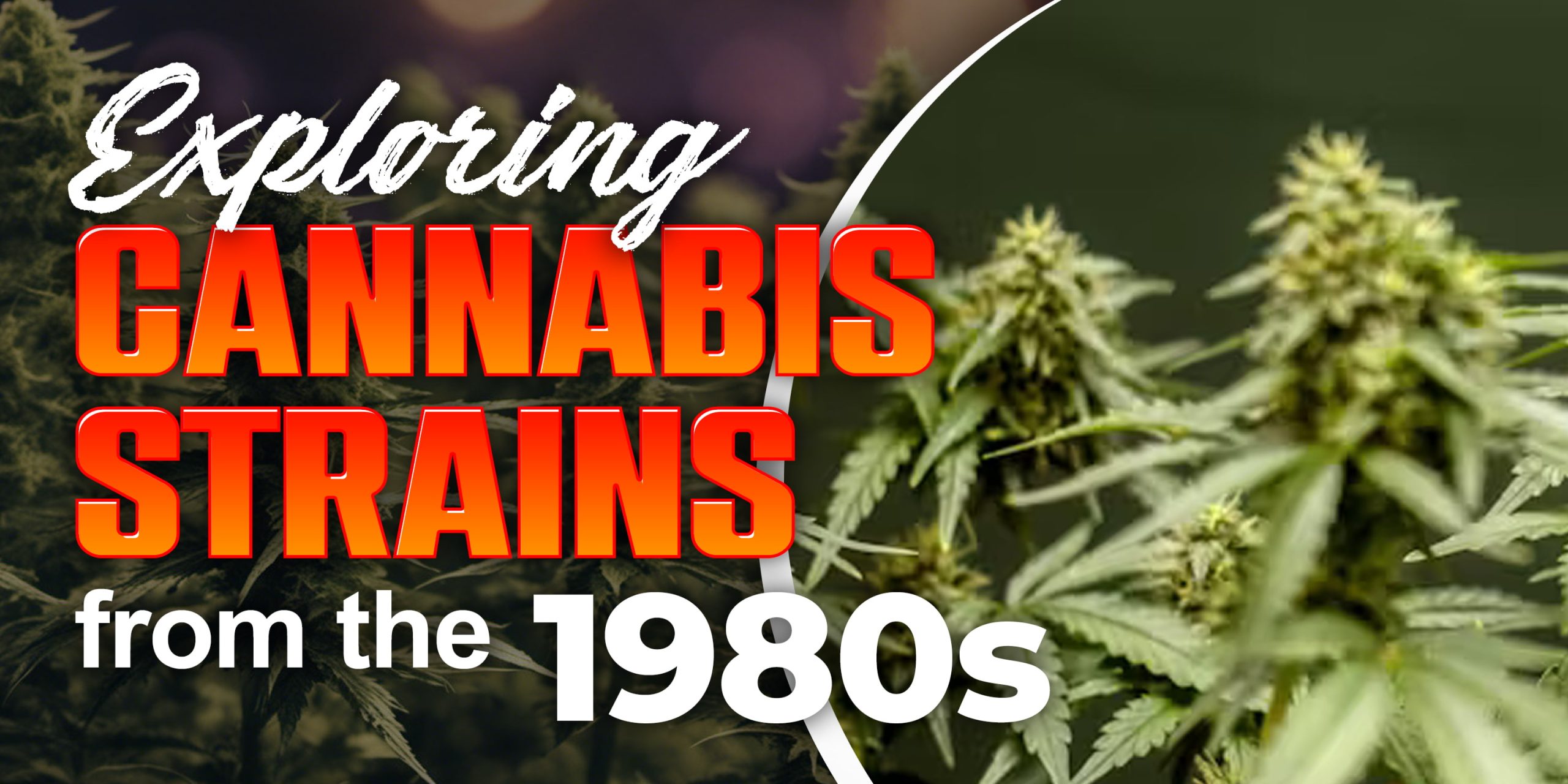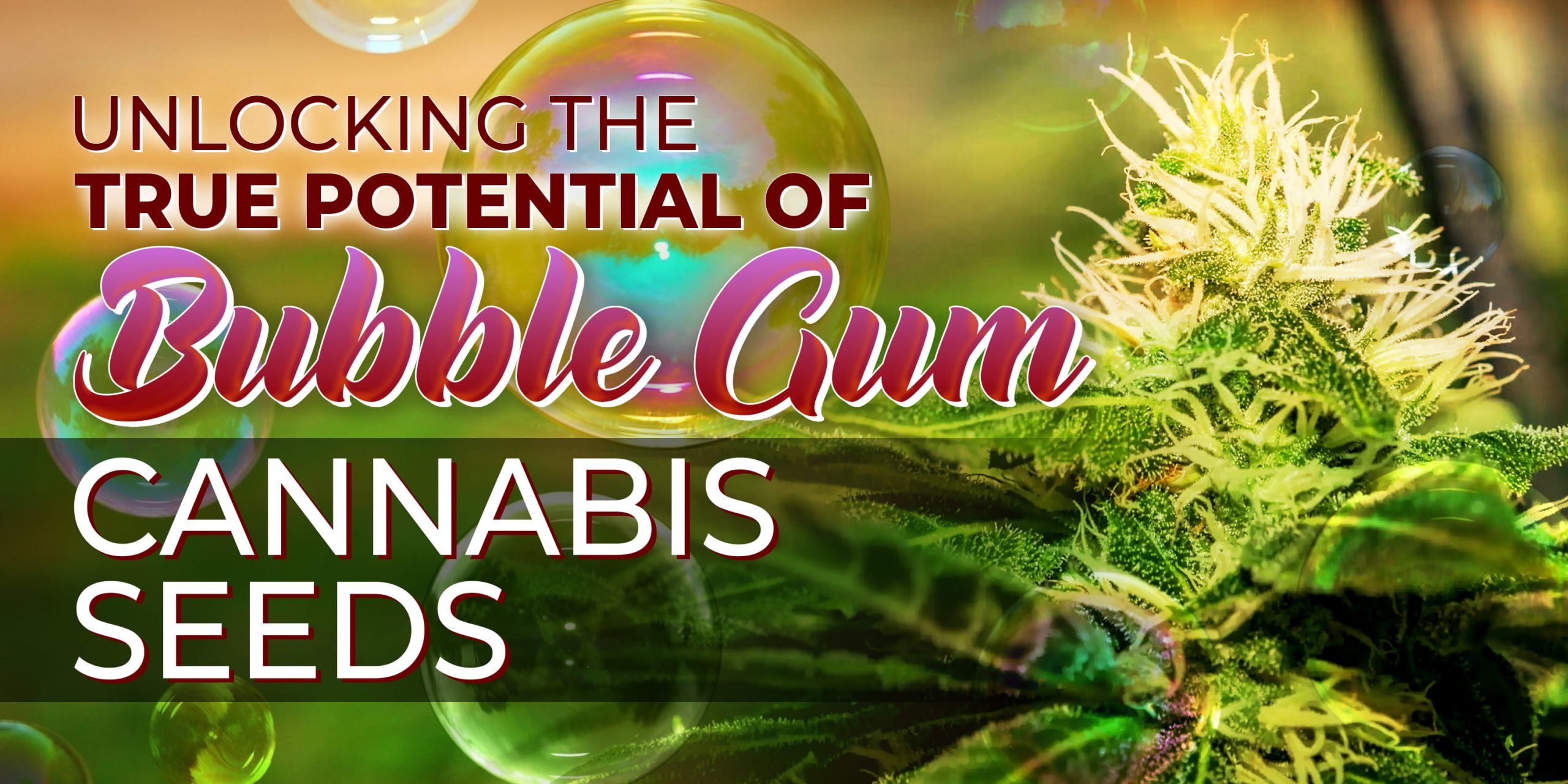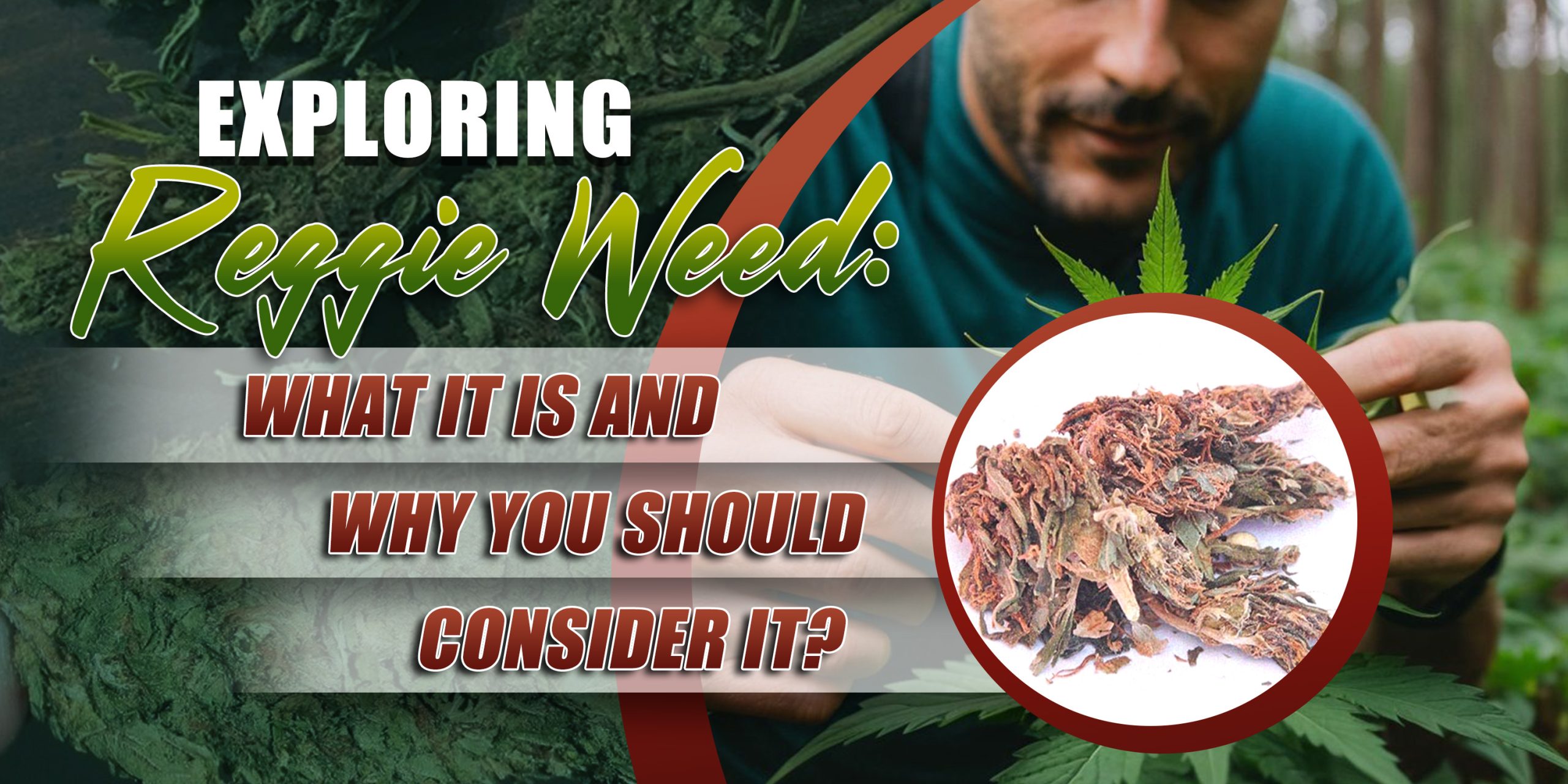By now, you have probably heard the health benefits of consuming cannabis and other cannabis-derived cannabinoid products such as CBD oil and how they can impact your body positively. Did you know that cannabinoids can regulate bodily functions and maintain balance within your body because they have unique interactions with receptors called cannabinoid receptors?
If you are wondering how these cannabinoids work in the body like most people are, then you have come to the right spot. In this article, you will be learning how these cannabinoid receptors play an essential role in your body through their interactions with cannabinoids.
Endocannabinoid System and the Cannabinoid Receptors
Before we dive right into the definition of cannabinoid receptors, you must know that these are essential receptors of your body’s endocannabinoid system. Endocannabinoid system (ECS) or is one of the largest networks of neurotransmitters in your body. They are found in humans and animals, and it is responsible for many functions for keeping your body balanced from various physical and physiological functions. Some of them include:
- Mood
- Appetite, Metabolism, and hunger.
- Immune Function
- Cognition and Memory
- Temperature
- Motor skills
- Sleep
- Sensory processing
As you can envision, ECS is responsible for maintaining a healthy body and wellness. A fully functional ECS can maintain your body at optimum strength as long as everything is working. Its primary purpose is to continue a steady internal surrounding in spite of variations in the external situation.
Now that you know how your endocannabinoid system works, we go to the important part, the cannabinoid receptors. Cannabinoid receptors are located in many parts of your body; they are found on the surface of the cell membrane.
Cannabinoid receptors in humans and mammals work closely with chemical transmitters called cannabinoids. When cannabinoids and cannabinoids receptors interact with each other, they result in a chain of events designed to bring balance in your system. So, when a healthy functioning body goes irregular, a fully-functional endocannabinoid system acts by making cannabinoids. When cannabinoids are produced, it binds with endocannabinoid receptors, regulating balance once again.
It is easily regulated because cannabinoids are found abundantly in every part of the body. That’s why your endocannabinoid system plays a crucial role in maintaining order within your body. These cannabinoid receptors are mainly found in your central nervous system, immune system, organs, glands, and connective tissues.
Cannabinoids and Cannabinoid Receptors
There are three major types of cannabinoids that cannabinoid receptors work with. These are endocannabinoids produced by humans, phytocannabinoids derived from plants, and synthetic cannabinoids made by humans in the laboratory.
In the body, two main endocannabinoids are naturally produced: 2-AG or 2-arachidonoylglycerol, and Anandamide. These cannabinoids are provided by the brain in various locations and are created if necessary.
Cannabinoids receptors also work with phytocannabinoids. One good example of a phytocannabinoids are cannabinoids found in hemp or cannabis plants. When cannabis or other cannabis-derived products are consumed by either smoking or ingestion, these phytocannabinoids are absorbed into the bloodstream and reacts with your cannabinoid receptors.
The very first cannabinoid discovered was THC, the psychoactive compound present in a cannabis plant that induces users with the feelings of euphoria and high. It was thanks in large part with the cannabis that our endocannabinoid system was discovered.
How cannabinoid and cannabinoids works are like a key and lock, both of them are specially designed for each other. When you consume phytocannabinoids derived from cannabis or endocannabinoids, the cannabinoids are in a constant search for cannabinoid receptors in parts of the body to bind and pass the information.
Cannabinoids works like a key while the receptor works like a lock when two of them click together, the message is then quickly transmitted and goes into action, this neuron is carrying valuable information and message that is needed to restore proper functions and balance.
Once the function becomes balanced again, your ECS then turns off the reaction within these two with the help of metabolic enzymes that breaks them down.
Cannabinoid Receptors
Although there are many cannabinoid receptors, many research suggests that they have minimal impact on your endocannabinoid system. However, all of them agree that two cannabinoids receptors matter the most. These cannabinoid receptors are called, CB1 (cannabinoid1) and CB2 (Cannabinoid 2)
CB1 is mainly present in various parts of the body, from the central nervous system, brain, and organs such as the liver, lungs, and kidneys. On the other hand, CB2 receptors are abundant in your immune system, gastrointestinal system, and spleen. Each cannabinoid receptors works differently with the main endocannabinoids.
CB1 Receptor
The CB1 receptor was found in 1990, and as time went on, it was later discovered that CB1 receptors are abundant in high concentrations in the brain, specifically the cerebellum and hippocampus. Your hippocampus is responsible for your memory and is also responsible for your behavior and spatial navigation. On the other hand, the cerebellum is responsible for motor control. This means the cerebellum is responsible for posture, speech, and balance.
CB 2 Receptor
The CB2 receptor was found in 1993. They play an essential role in cells around the central nervous system. It was soon found out that these receptors influence how the cell interacts. For example, think of inflammation as a bush fire, our immune system quickly acts be triggering an inflammatory response to put out the fire. Once the cause of the inflammation is snuffed, your immune cells will extinguish the inflammation.
What CB2 receptors do is like a sheepherder; they support the relocation of your immune cells. CB2 receptors also modulate your cytokines, which also play an essential role in the inflammatory response. This interaction suggests that your ECS exudes anti-inflammatory properties.
Cannabis and Cannabinoid Receptors
Cannabinoids are found abundantly in hemp and cannabis plants. They contain hundreds of those naturally-occurring compounds. Cannabinoids found in a plant are called phytocannabinoids, and they, too, interact with your endocannabinoid system’s receptors that also produce effects.
When you consume cannabis products, phytocannabinoids found in cannabis plants mimic the roles of your body’s endocannabinoids, like 2-AG and Anandamide. They are absorbed into the bloodstream and carried out into the brain and other parts and organs of the body, looking for cannabinoid receptors that would receive them.
More than one hundred cannabinoids are present in a cannabis plant, and there are two most notable cannabinoids found, THC or tetrahydrocannabinol and CBD or cannabidiol. Both of them have similar chemical composition but interact differently with your cannabinoid receptors, thus producing different effects in the body.
THC is known to bind well with CB1 receptors; that’s why you feel “high” for long periods. On the other hand, CBD binds weakly with cannabinoid receptors, thus not causing any psychoactive effects.
Conclusion
Cannabinoid receptors are one of the critical components for having a fully-functional endocannabinoid system. This complex network of neurotransmitters sends signals throughout your body to alert your endocannabinoid system with some irregularities.
Cannabinoid receptors, the endocannabinoid system, and cannabinoids are essential parts of your body the same as the rest. Take care of your body, and let them do the rest!


















